Consider the following sketch of potential energy for a particle as a function of position. There are no dissipative forces or internal sources of energy.

What is the minimum total mechanical energy that the particle can have if you know that it has travelled over the entire region of X shown?
−8
6
10
It depends on direction of travel
The correct Answer is:C
If particle can reach point 'd', then it can travel over the entire region.
Topper's Solved these Questions
- TEST PAPERBOOK - ALLENCHAPTER - TEST PAPEREXERCISE - PHYSICS
4 Videos
- TEST PAPERBOOK - ALLENCHAPTER - TEST PAPEREXERCISE - PHYSICS
4 Videos
- SIMPLE HARMONIC MOTIONBOOK - ALLENCHAPTER - SIMPLE HARMONIC MOTIONEXERCISE - Example
1 Video
- TEST PAPER 1BOOK - ALLENCHAPTER - TEST PAPER 1EXERCISE - PHYSICS
11 Videos
Similar Questions
Knowledge Check
Potential energy curve U of a particle as function of the position of a particle is shown. The particle has total mechanical energy E of 3.0 joules. Then select correct alternative.
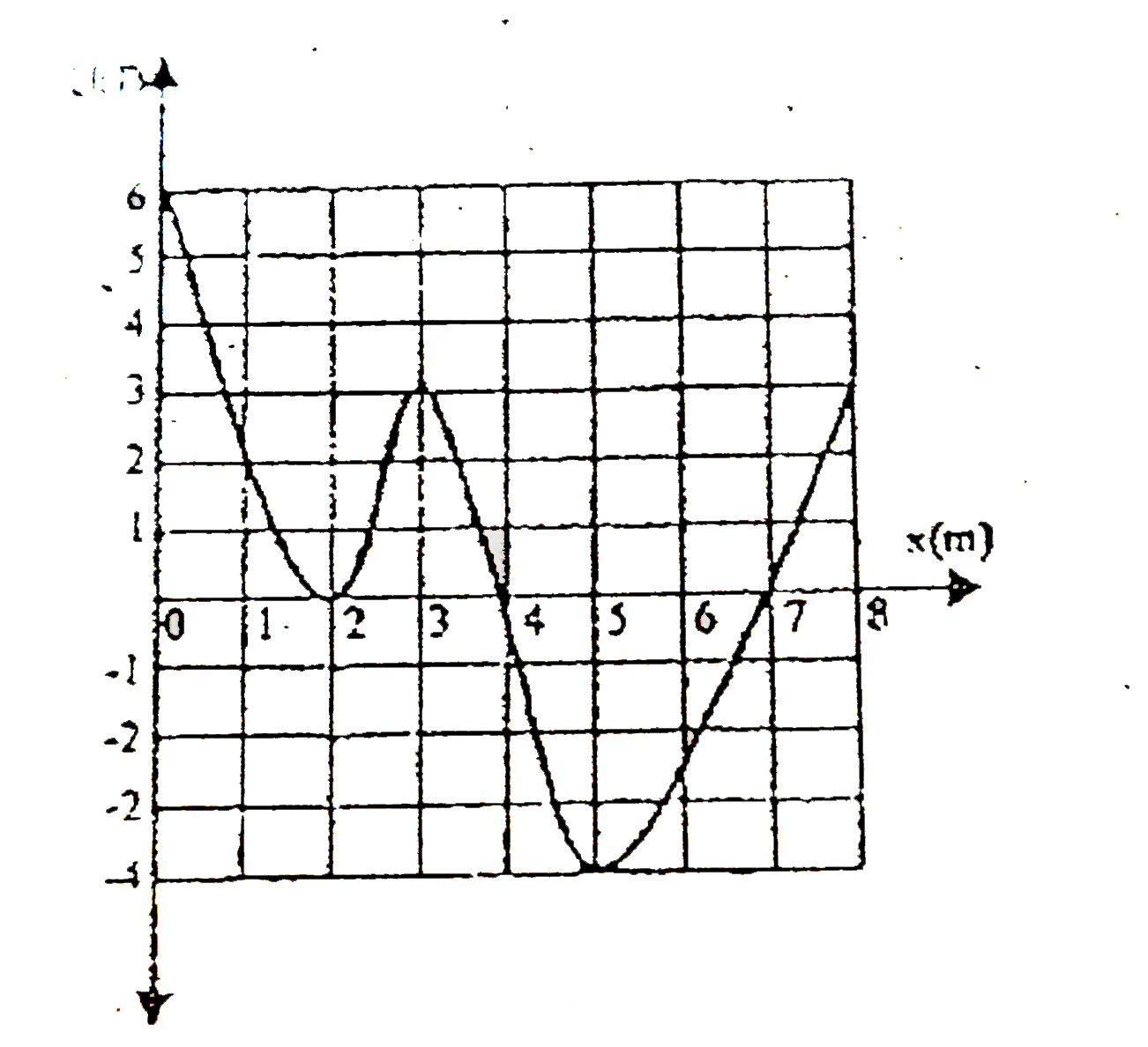 AIt can never be present at x=0mBIt can never be present at x=5mCAt x=2 its kinetic energy is 0JDAt x=1 its kinetic energy 3J
AIt can never be present at x=0mBIt can never be present at x=5mCAt x=2 its kinetic energy is 0JDAt x=1 its kinetic energy 3JIn the fig. The potential energy U of a particle plotted against its position x from origin. Which of the following statement is correct
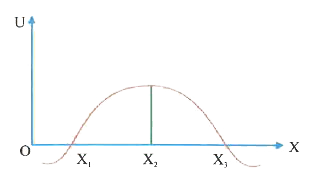 Aat x1 particle is in stable equilivriumBat x2 particle is in stable equilibriumCat x3 particle is in stable equilibriumDat x1,x2andx3 particle is in unstable equilibrium
Aat x1 particle is in stable equilivriumBat x2 particle is in stable equilibriumCat x3 particle is in stable equilibriumDat x1,x2andx3 particle is in unstable equilibriumThe potential energy of a particle of mass 2 kg in SHM is (9x2)J. Here x is the displacement from mean position . If total mechanical energy of the particle is 36 J. The maximum speed of the particle is
A4ms−1B2ms−1C6ms−1D10ms−1
In the figure shown the potential energy U of a particle is plotted its position 'x' from origin. Then which of the following statement is correct A particle at :
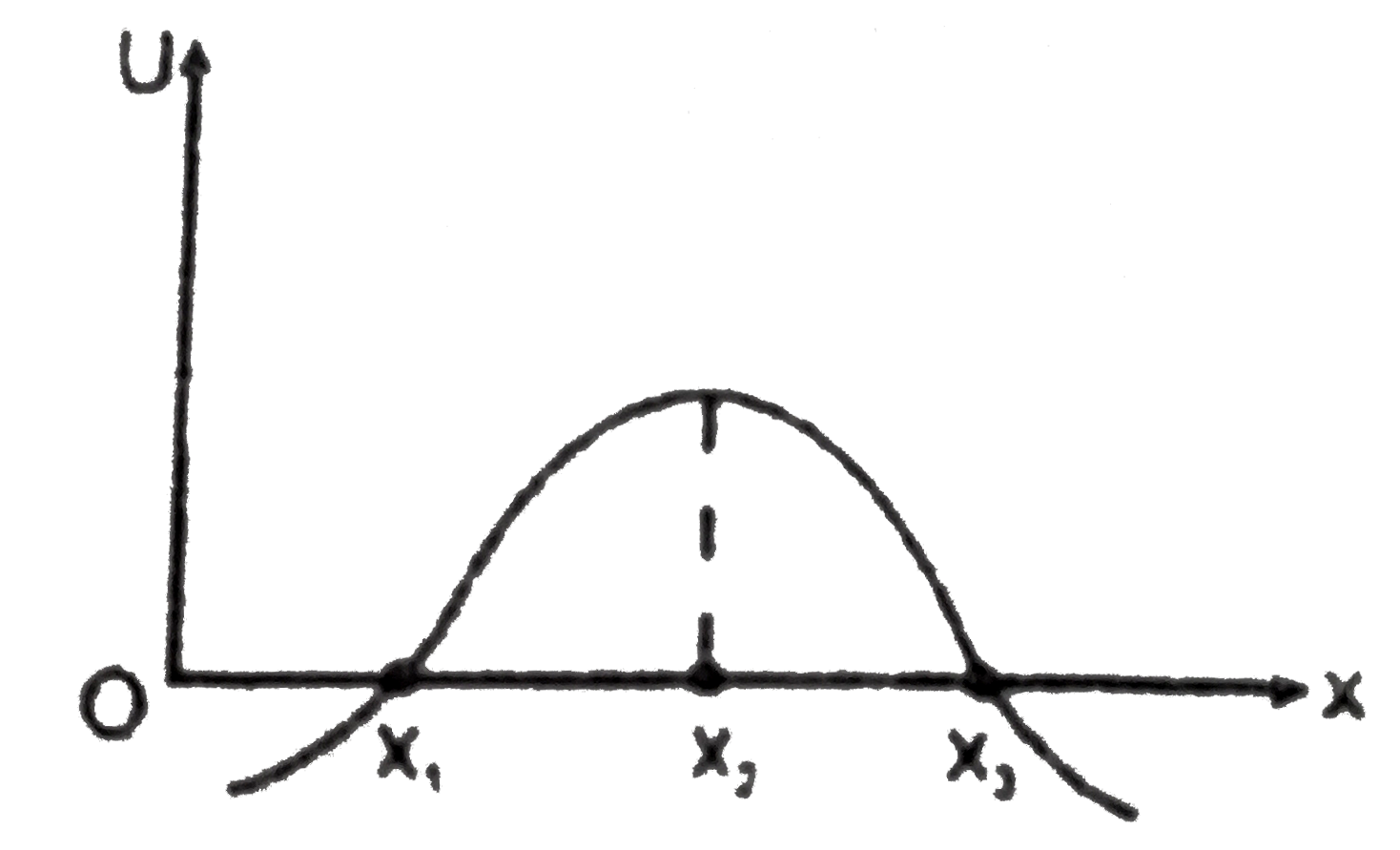
View SolutionA potential energy curve U(x) is shown in the figure. What value must the mechanical energy Emec of the particle not exceed, if the particle is to be trapped within the region shown in graph?
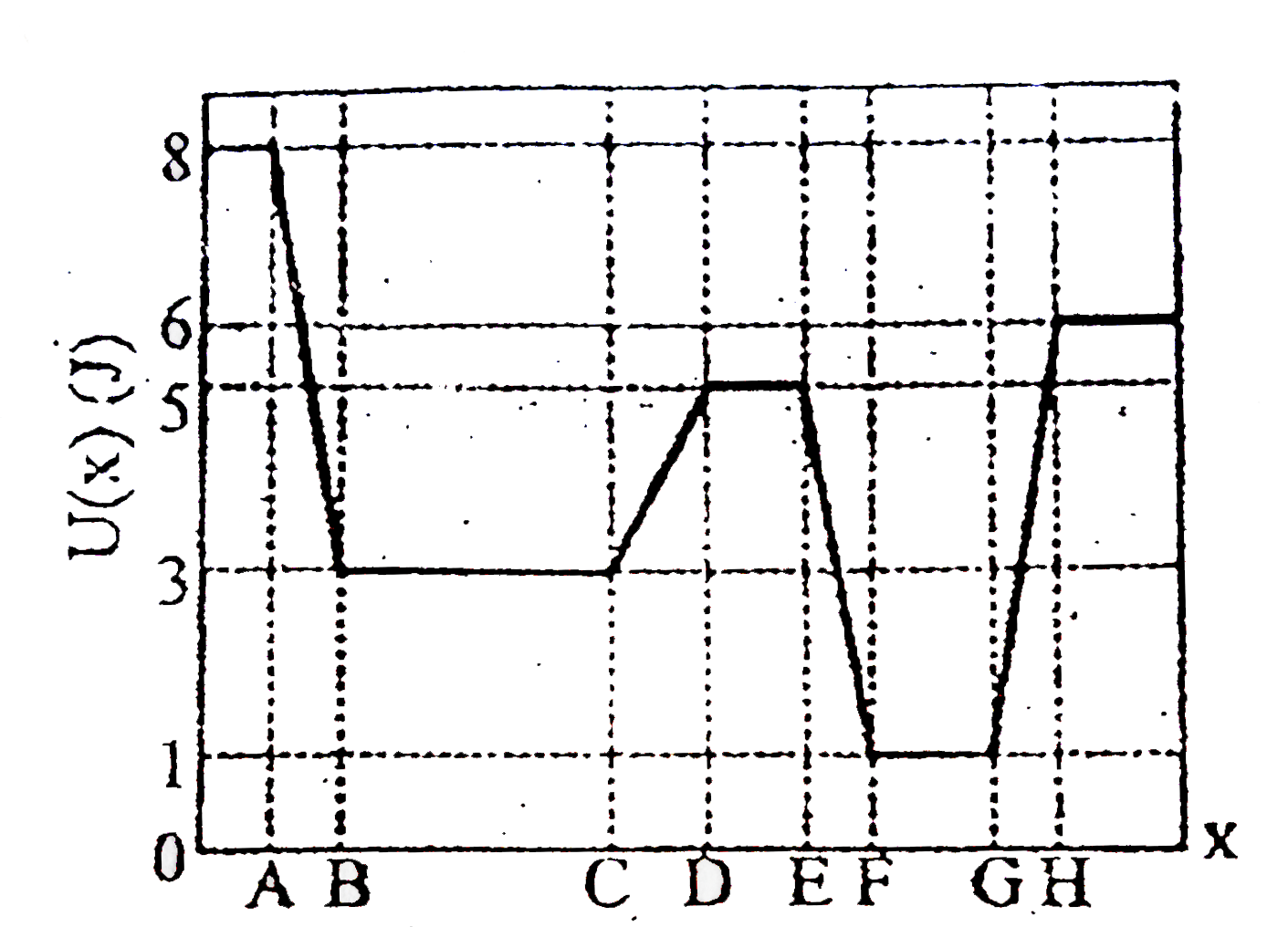 .
.
View SolutionAn endothermic reaction has a positive internal energy change ΔU. In such a case, what is the minimum value that activation energy can have ?
View SolutionAn endothermic reaction has a positive internal energy change △U. In such a case, what is the minimum value that activation energy can have ?
View SolutionFigure shows a graph of potential energy.
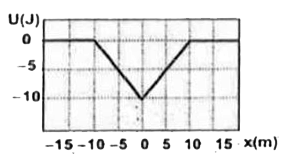
Consider the following graph of position and time , which represents the motion of the certain particle in the given potential. What is the total energy of the particle?
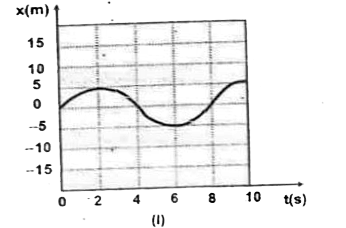
View Solution
